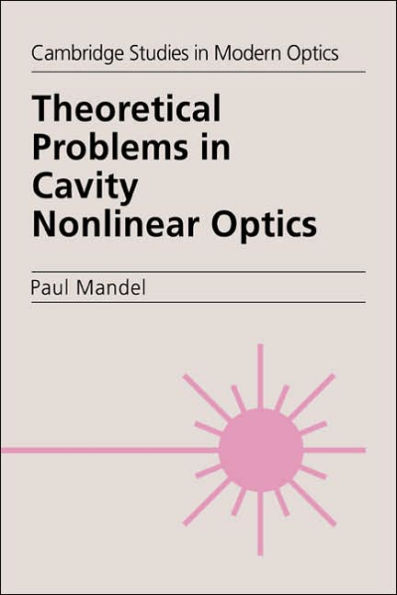5
1
9780521019200



Theoretical Problems in Cavity Nonlinear Optics available in Hardcover, Paperback

Theoretical Problems in Cavity Nonlinear Optics
- ISBN-10:
- 0521019206
- ISBN-13:
- 9780521019200
- Pub. Date:
- 10/20/2005
- Publisher:
- Cambridge University Press
- ISBN-10:
- 0521019206
- ISBN-13:
- 9780521019200
- Pub. Date:
- 10/20/2005
- Publisher:
- Cambridge University Press

Theoretical Problems in Cavity Nonlinear Optics
$46.99
Current price is , Original price is $46.99. You
46.99
In Stock

Product Details
| ISBN-13: | 9780521019200 |
|---|---|
| Publisher: | Cambridge University Press |
| Publication date: | 10/20/2005 |
| Series: | Cambridge Studies in Modern Optics , #21 |
| Edition description: | Revised ed. |
| Pages: | 204 |
| Product dimensions: | 5.98(w) x 9.02(h) x 0.51(d) |
From the B&N Reads Blog
